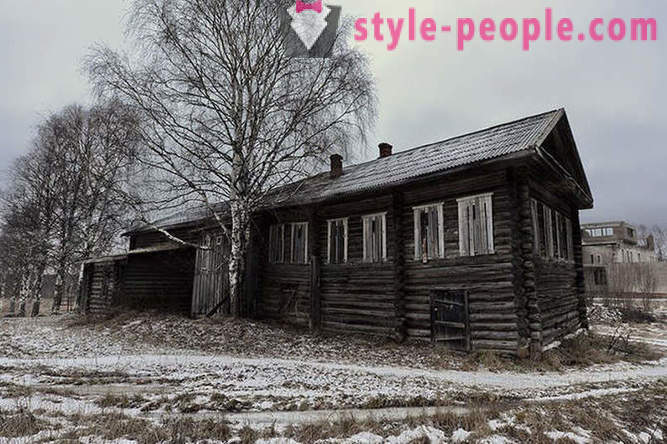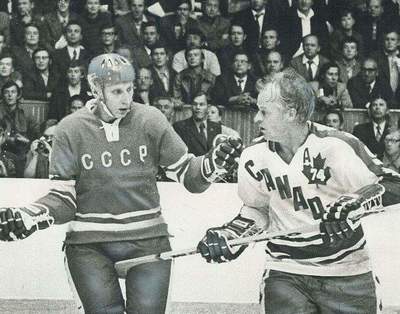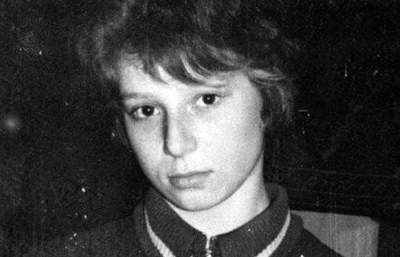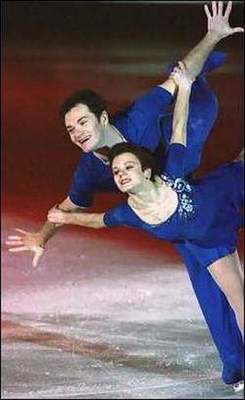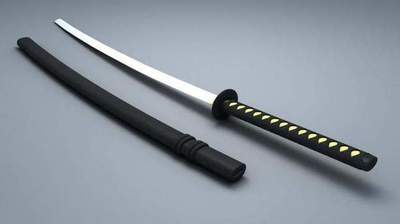How are houses of the Russian North
• How are the Russian North House
In the Vologda region meets a special type of village houses that no longer meet in Russia. The main feature of these houses is the severity and monumentality. Today we will go to the Russian North abandoned villages and find out what their homes are unique.
Base - wooden house - it is good its original strength, natural, natural beauty, easy rhythm of the mighty crowns. Try, cover them in any fancy pattern, neatly sawn boards, plaster or paint - and immediately lost all charm. It is the lack of a rich external decoration gives these homes a kind of uniqueness.
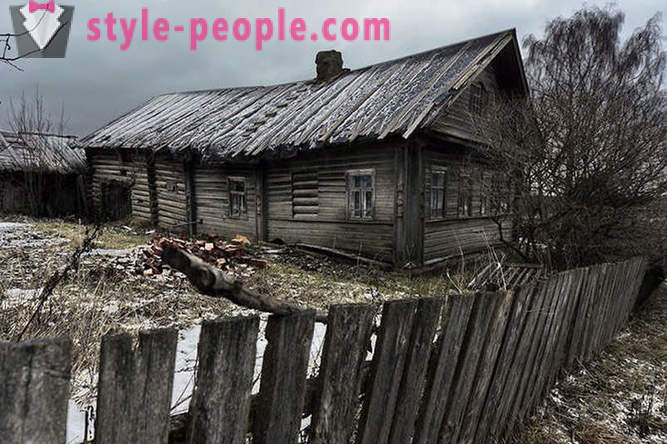
To begin the story of the north-eastern part of the Vologda region. Here, on the banks of the river Nutrenki, there are two villages of St. Nicholas and the Great with his Nikolsko big houses. According to old residents of most of the houses were moved here from the northern hinterland. And, indeed, in the neighboring villages do not have such huge timbered houses. During the Soviet era here has the largest economy, it was the village council, club, school and so on.
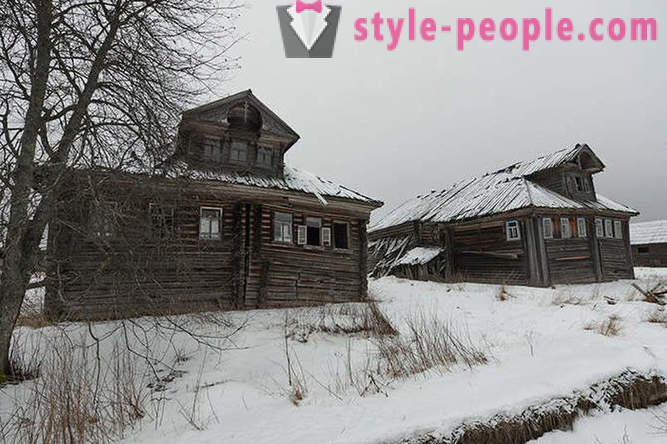
The first meets us this huge two-storey house with a large svetolkoy. Moreover, it is not one, as it might seem at first glance, a house and two huts - two independent log house, tightly pressed against each other and having a common roof.
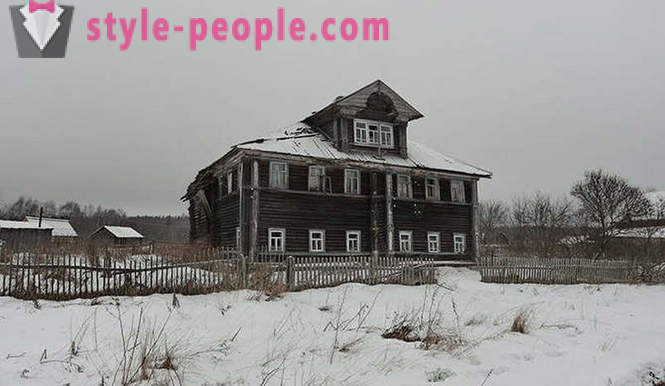
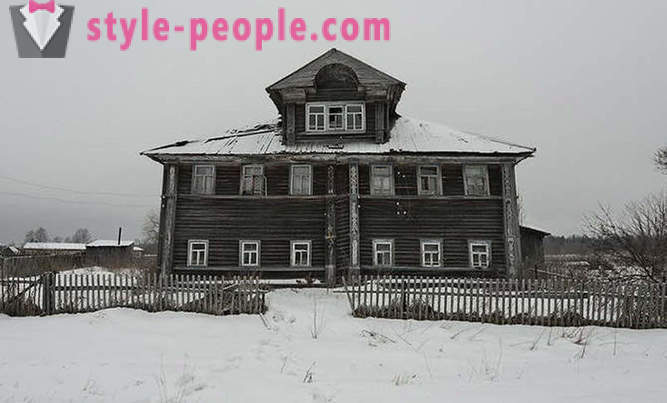
The ends of the logs on the corners are covered with paneled blades decorated with carvings bill.
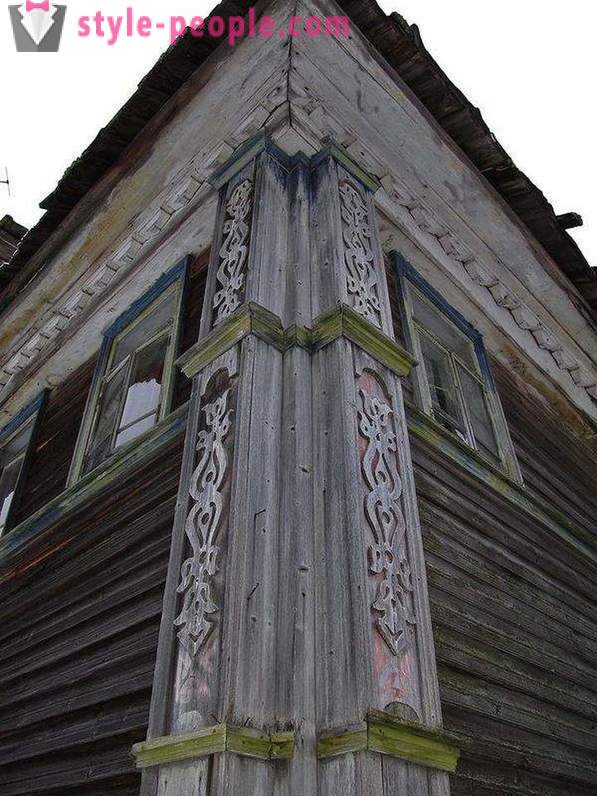
The next two houses in the neighborhood of at least large and also have a type of hut-twins under one roof and trohskatnoy svetolkoy. Exterior decoration is only one house on the corner unprofitable carving blades. In these houses still have a life.
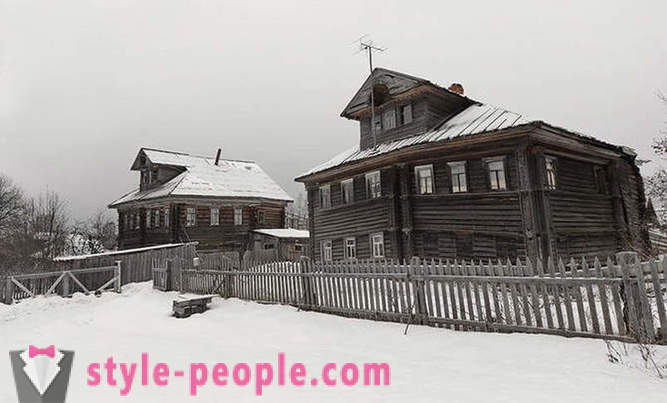
Next, one can see again a hefty two-storey house with attached behind the vestibule. In the North, apart from the property set only barns, baths yes the threshing floor and the barn and the shed were the rear of the Russian home. This allowed the farmer to carry out economic work in inclement weather (often for there the edges), without going outside.
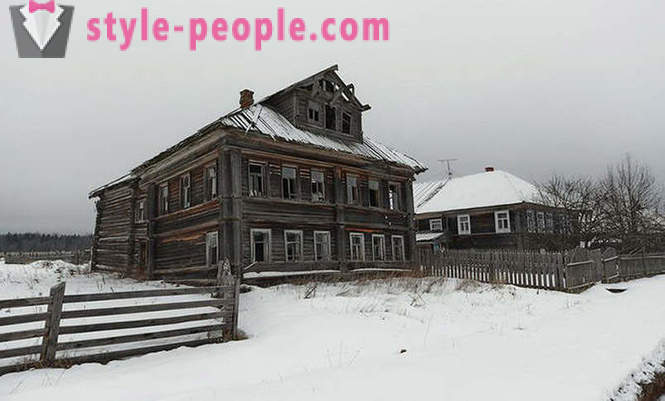
This house pyatistenok to cut through the center. From the decor is that sheathed and indoor tosom.
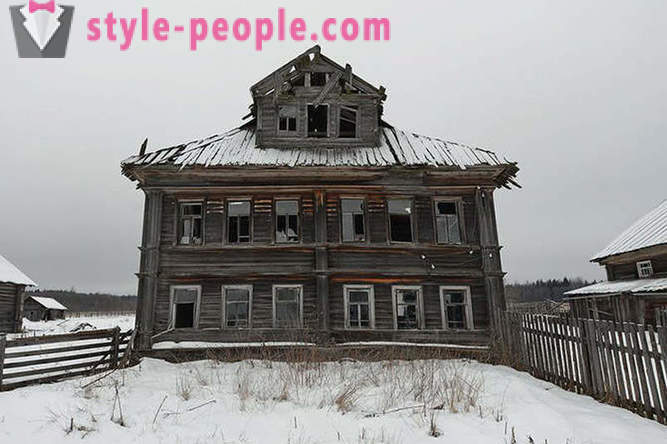
This hut smaller, but still larger than the homes of middle belt. As you can see, the house stands on the basement of 8-9 rims, roof indoor tosom as walls and svetolka. It is not decorated (except the eaves). Most likely, the owners were not so prosperous.
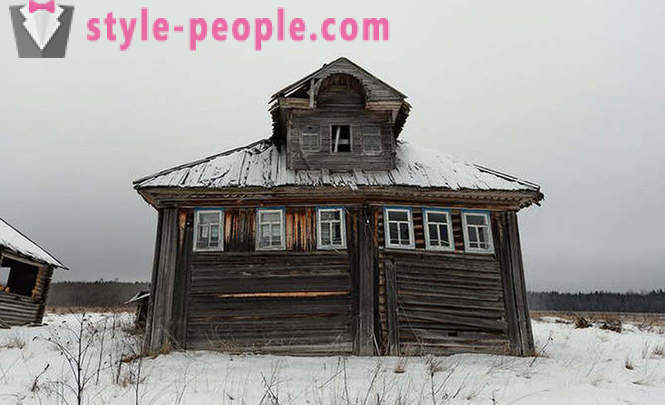
direct again next example of a double house, each of them glanced in his side, which creates a feeling of sprawling homes. In the same way, and it really is. But svetolochka here, unlike the walls, very artfully and elegantly decorated with carvings.
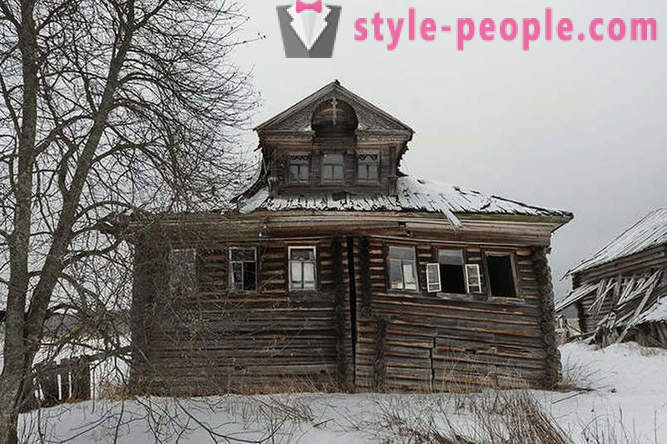
stumbles upon a frozen artifact - tractor "Kazakhstan 's so perhaps the 60's.
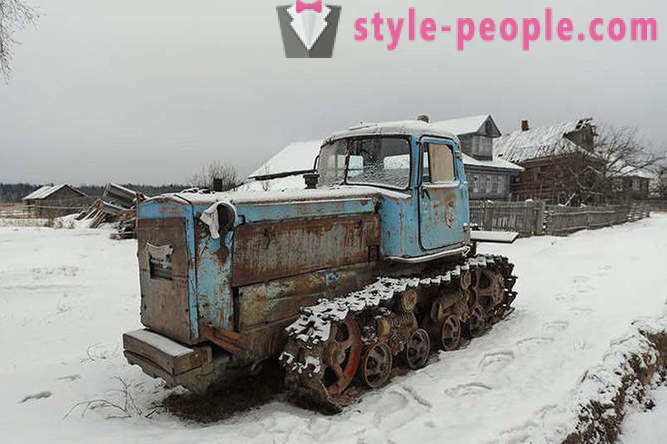
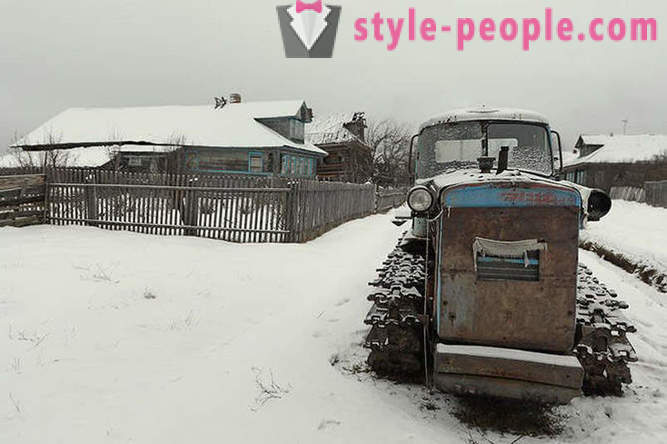
There are a lot of houses. All cover - will leave the whole report, and I'm going to show, and other places, so a couple more shots and go to other villages.
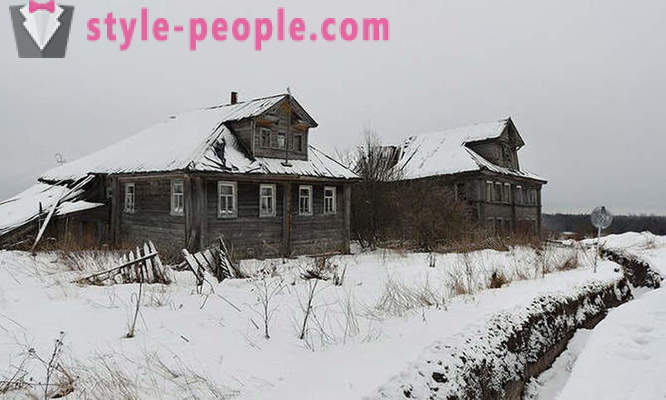
"There was a village council" ...
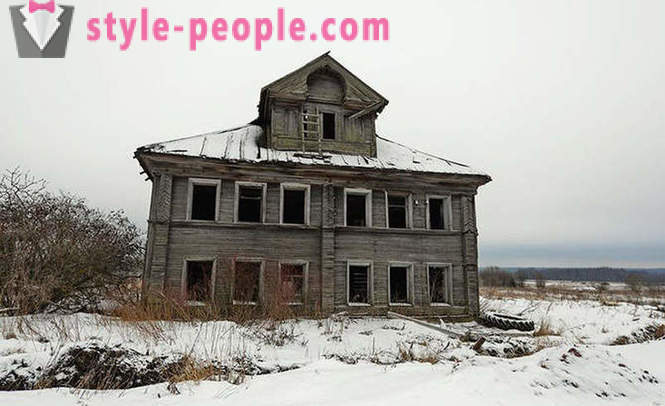
Russia - she is.
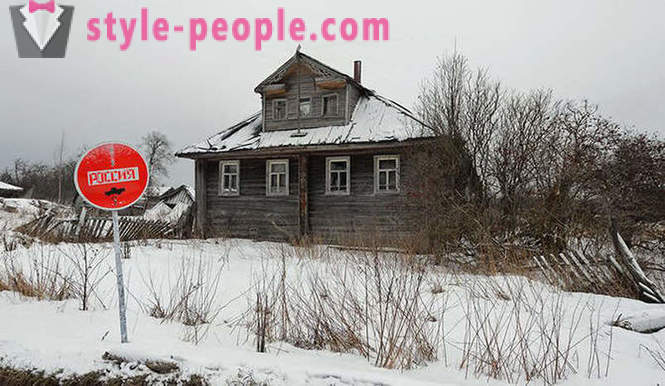
Leaving the village is big (on the maps), aka St. Nicholas (on the index). The following series of images I will present a few houses completely abandoned village of Novo located on the other side of the Vologda - Belozerskaya on the ridge, on the banks of the river Toitsu.
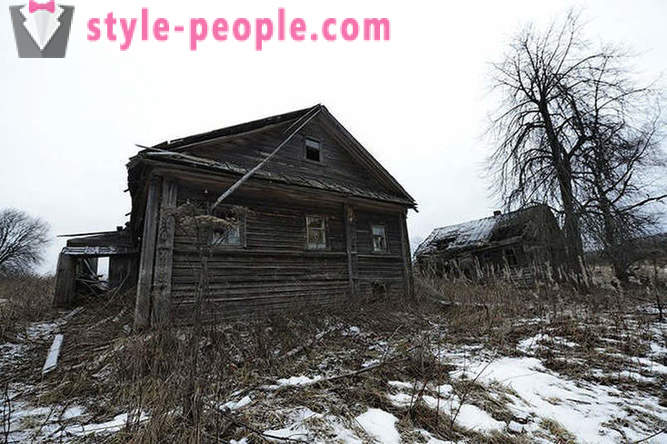
Houses squatter and not as expressive as the previous ones. But also on the basement, pyatistenki. However, svetolok here anymore. Somewhere in the attic window, and in the house, below, is more like a skylight. He was even decorated.

Another house elongated shape with the entrance in the middle after some incredible high porch.
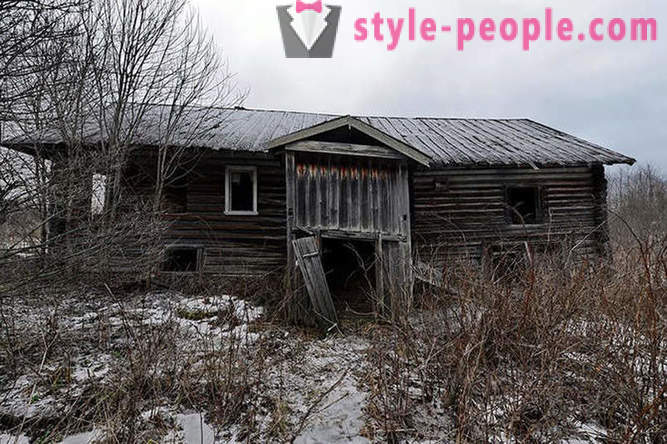
I do not pay attention to the internal decor of homes on the grounds that it is not there.
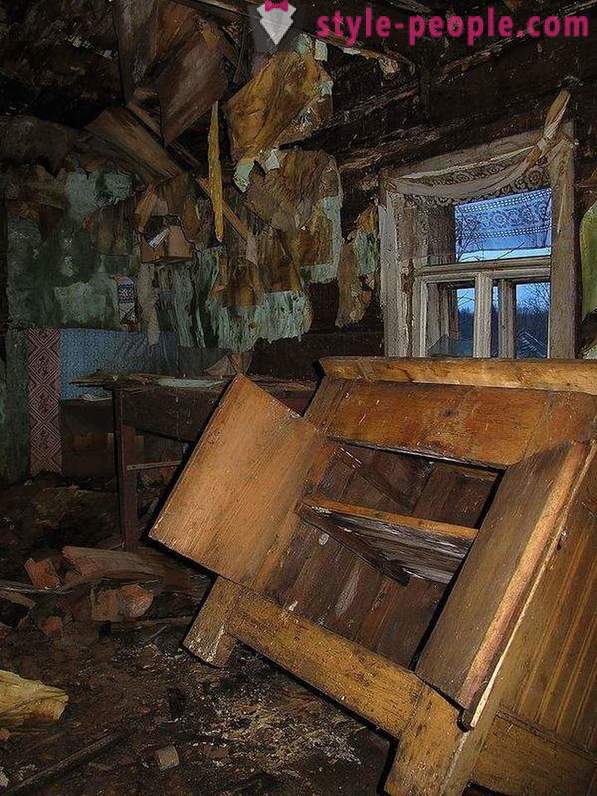
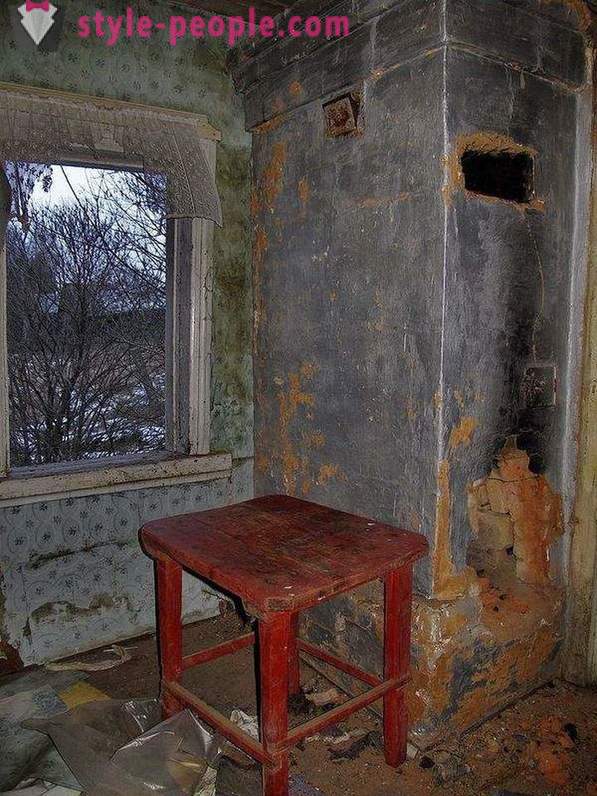
One of the interesting findings were only here these apparently ancient wrought tremendous chests.
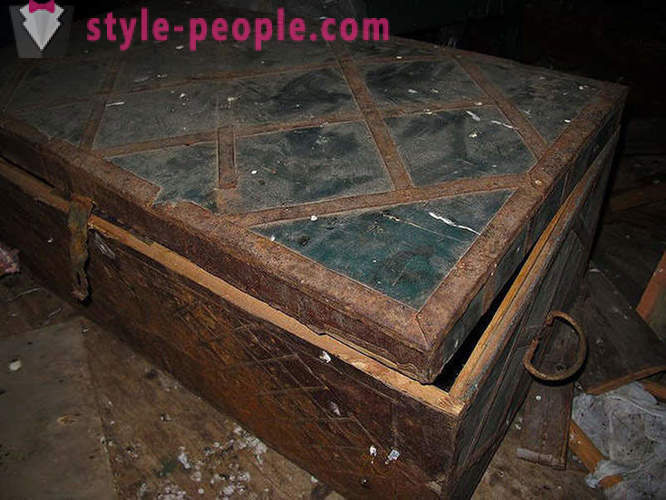
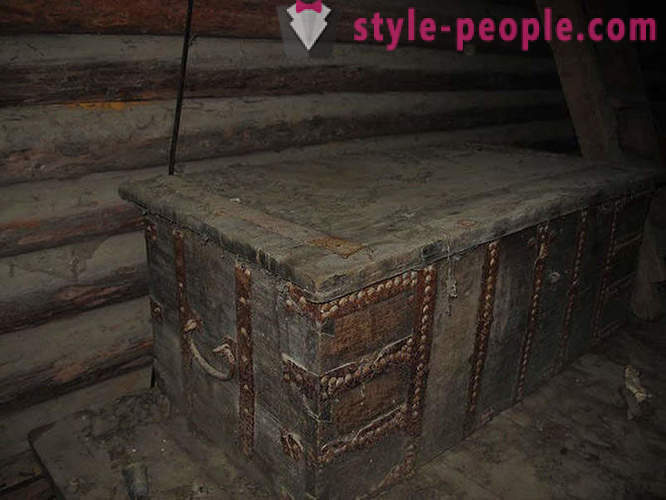
And even baskets are woven by hand.
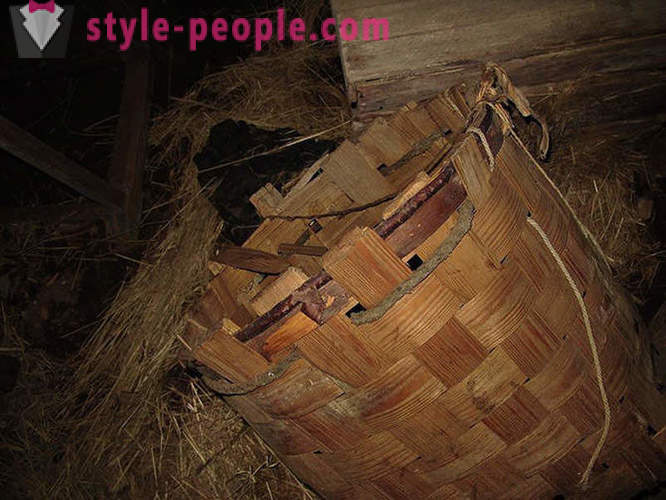
The last resident lived here as early as 1995. Continue on Belozerskaya ridge, and leave the village.
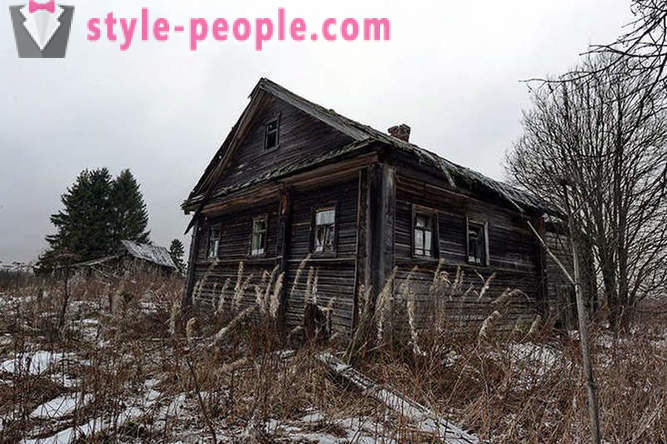
And now we are in the village, with its extreme Ulyankina well very colorful house. Finishing, however, our time at home.
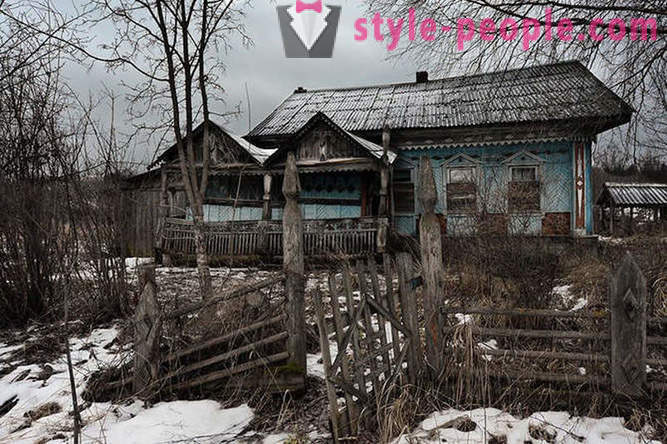
You can see how much effort has been put into the design of the house. Castle shot down, we pass inside.
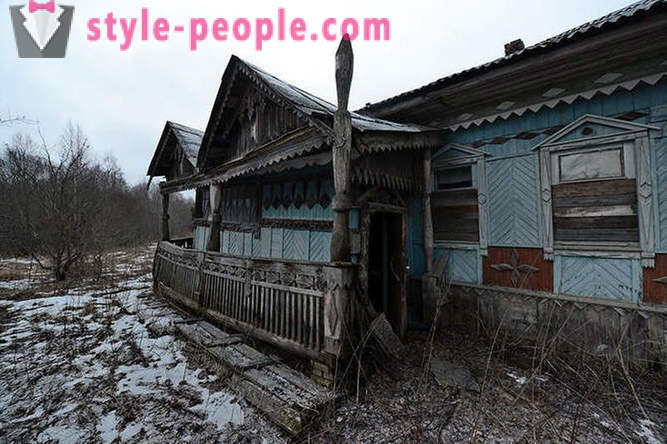
On the table with a note asking them not to ruin the house.
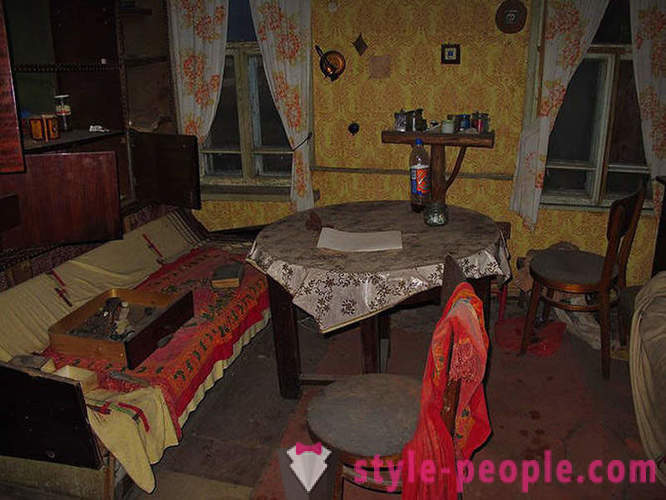
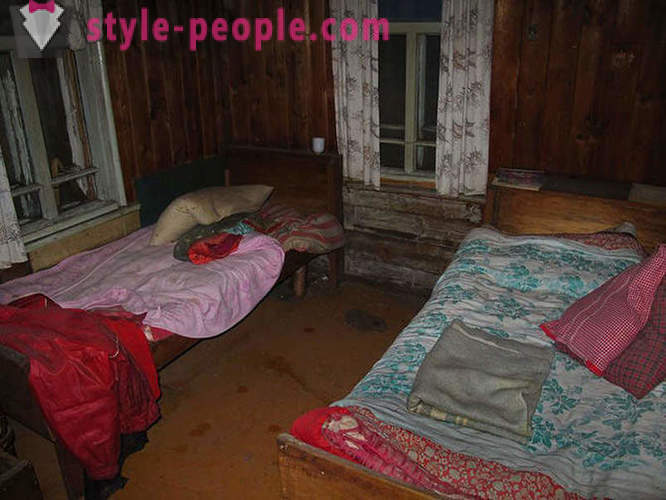
With this facade straight upstairs balcony.
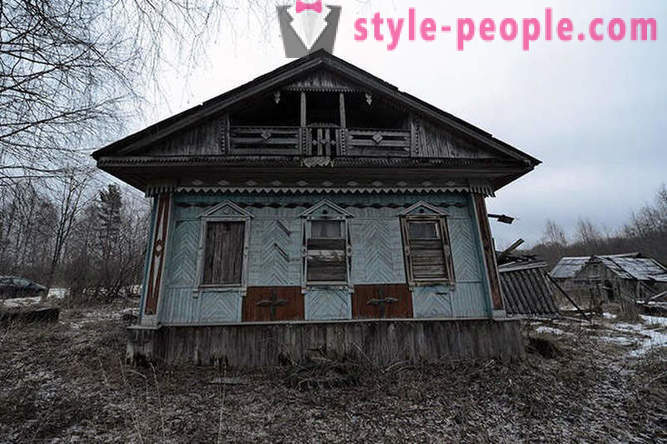
Not far at the same location another creation rukastogo owner - "hunting" house with a greenhouse and zagonchik for animals.
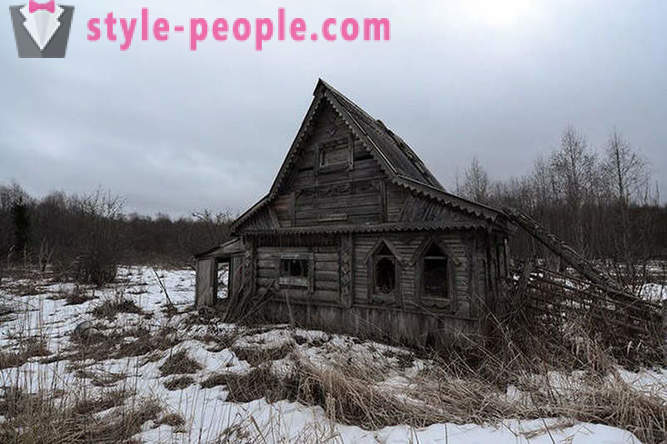
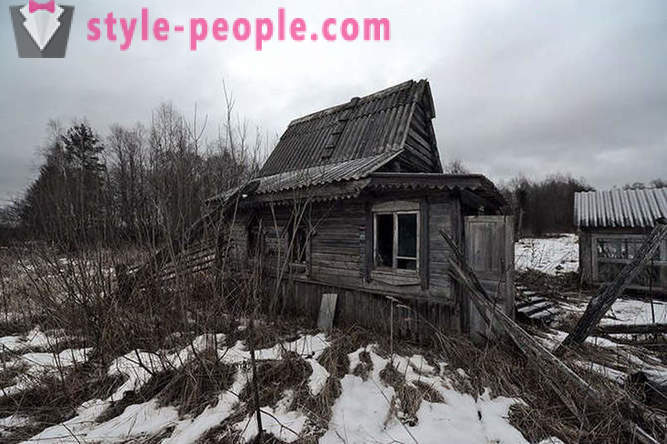
It's getting dark, but we have time to explore a couple of villages with their northern homes. This, in my opinion, already Bubrovo village.
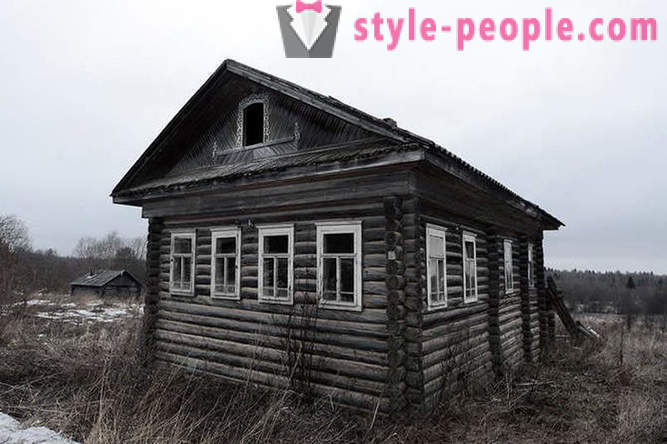
As usual, the front part of the house - for living, the other half - for pets and feed stocks.
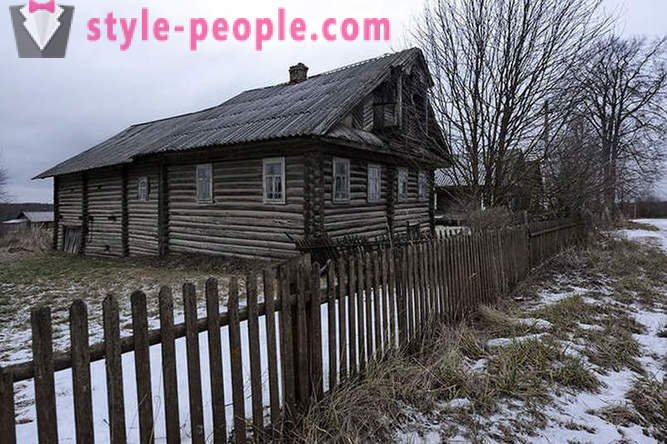
Then poshikuesh not, and now even more so in the Soviet years. That's left, throwing the still strong at home.
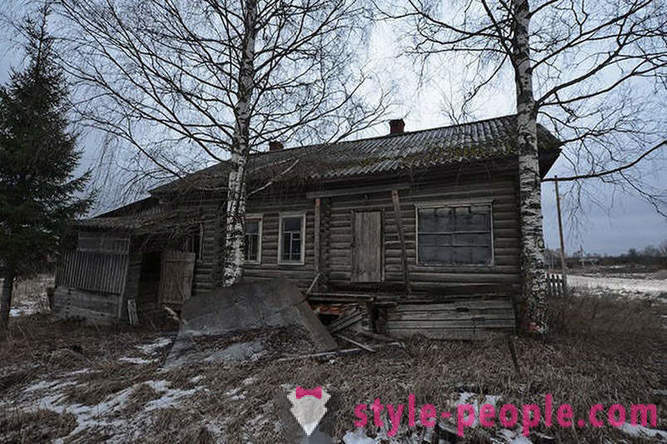
Although foldable home rubles, but how to live, where there are no roads, transport is twice a week and the entire infrastructure is gone.
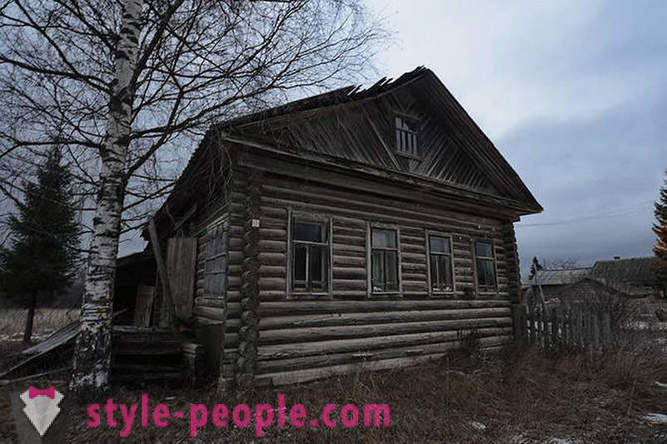
In this village house already roofed with slate. Like house and very simple, but there is something in this simplicity.
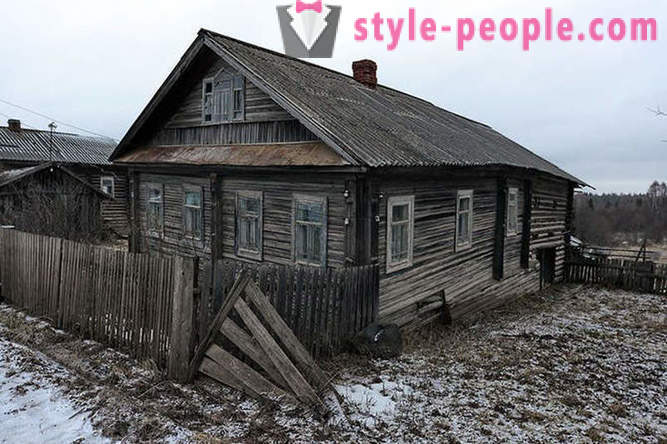
And finally a little bit of positive - Artyushina village where all is not lost, although the tendency to do so.
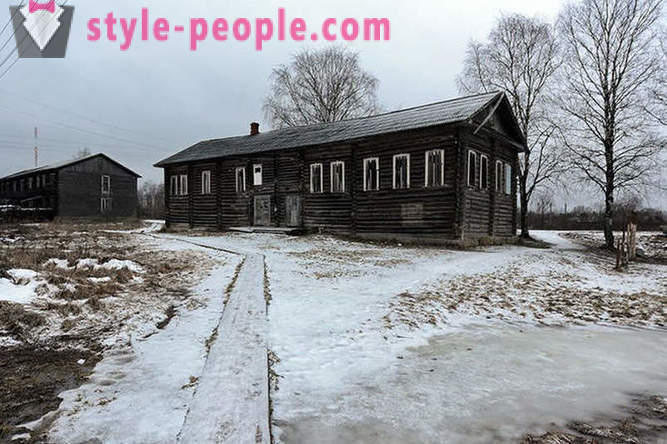
A strange and very old mega domino ten walls. Whether for work, or ... I do not know for whom.
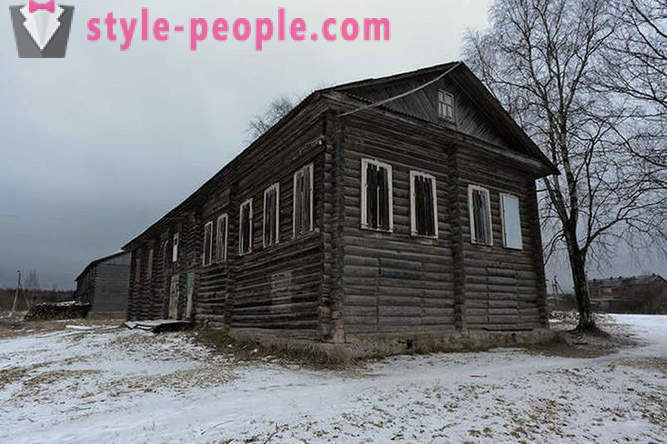
Two representatives of different ages and both into oblivion. A new and there's nothing!
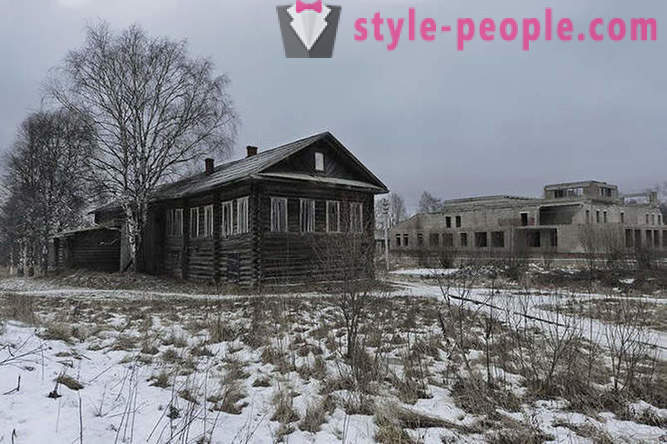
Unfinished, by the way, is very global. The building for the village of colossal proportions. Interestingly, there was supposed to be.
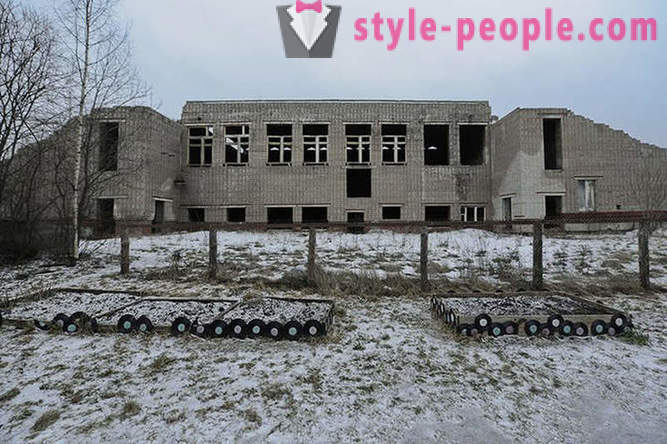
This "Bubrovskaya" school with a pedestal of Lenin. Year of foundation of the school in 1878! It trained two of the Hero of the Soviet Union: Malozemov Ivan Prokopievich (at 21 February 1942 went to the front in March 1943 died in Stalingrad) and Alexander Nikandrov (in 1941 aimed at the Northern Fleet, where he served until the expulsion of the Nazis, then participated in the Russo-Japanese war of 1945).
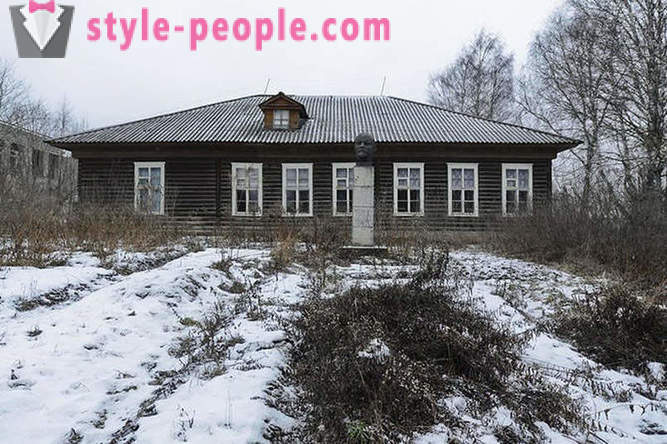
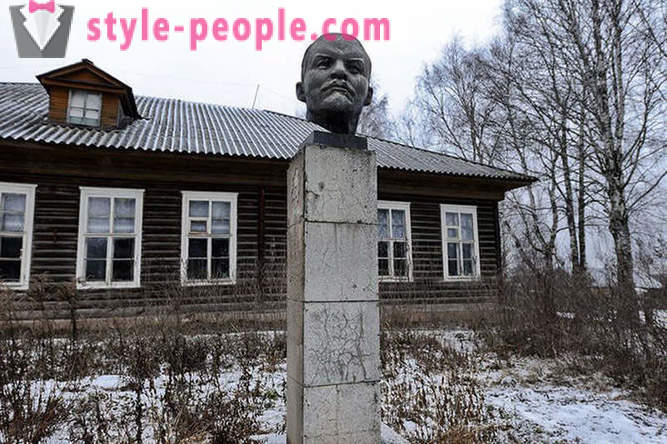
Surprisingly well landscaped and maintained in the order of "Victory Park".
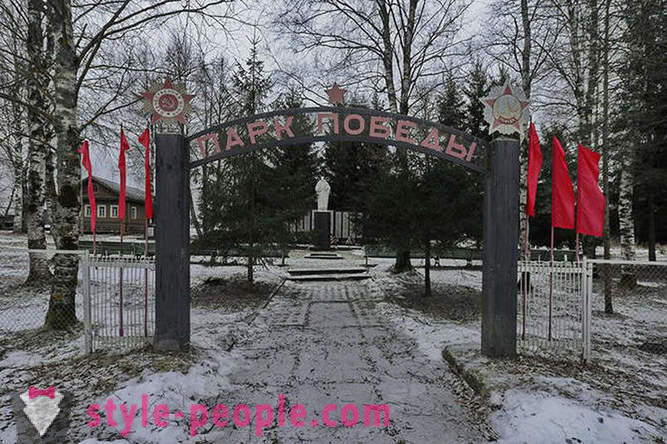
"Until the last breath they remained loyal to the Fatherland. Edge preserve Native names forever, do not come from the war."
Warriors Artyushinskogo village council, who gave their lives for their country ...
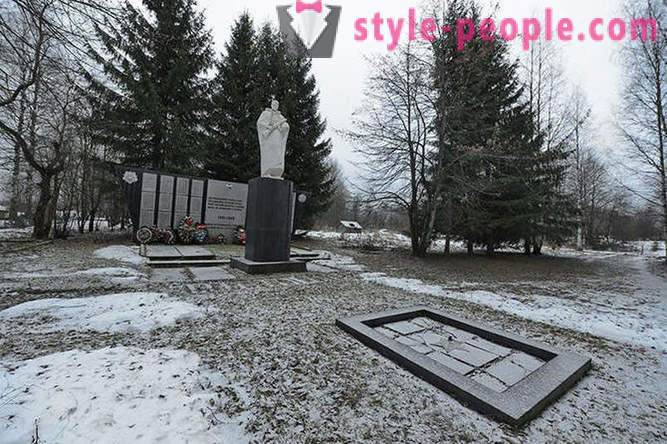
In this, our winter trip to the Russian village of the Vologda region came to an end.
